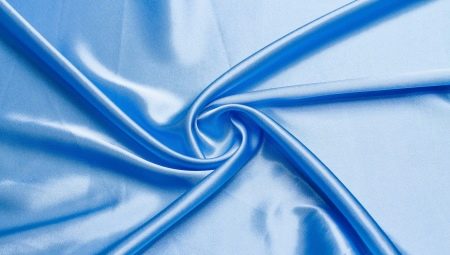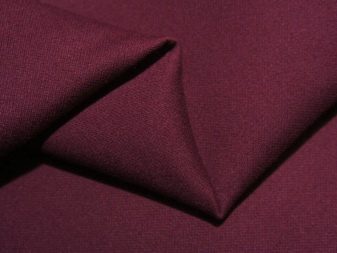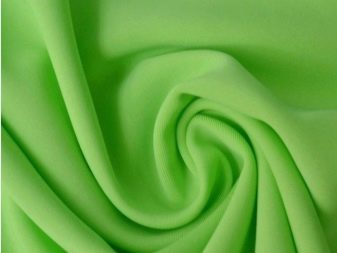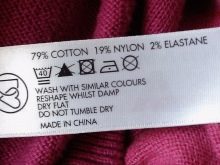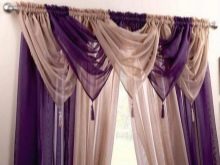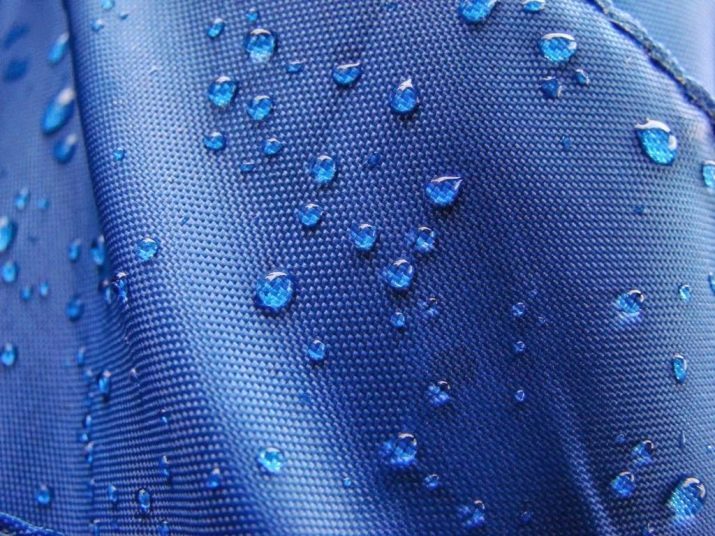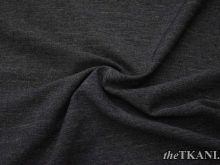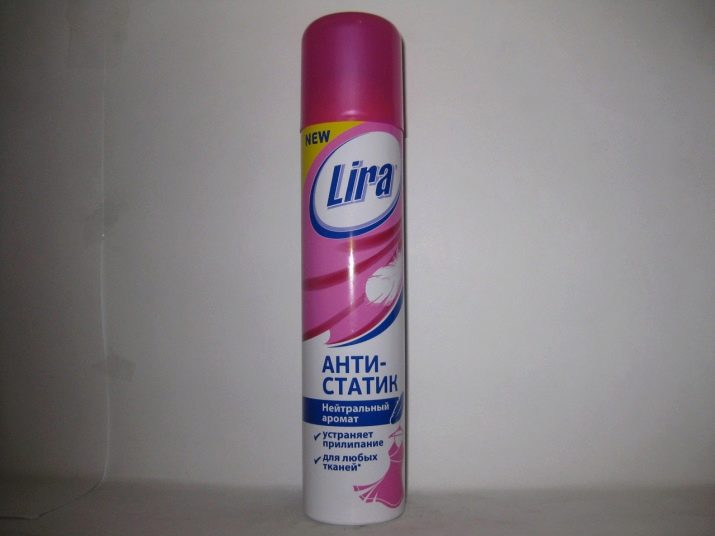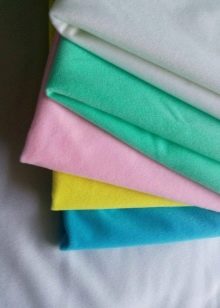Nylon and polyester are two completely different fabrics that contain artificial yarns. These materials appeared in different years of the last century and almost immediately began to be used for sewing various products. They have their advantages and disadvantages, similarities and differences. The idea of the composition and properties of each material will help you correctly approach the choice of things from synthetics.
Material properties
Artificially produced nylon served as a replacement for silk fabrics. At first, parachutes and various products for military needs were sewn from such material. Over time, the fabric began to be used for sewing men's and women's clothing, as well as for upholstering various interior items.
Adipic acid and hexamethylenediamine are used as raw materials for nylon production. As a result of mixing, these components form a salt, which is then combined with the solvent and heated. The result of this process is the formation of polyamide, which is a type of plastic. From it and made the material that goes on sewing things. Although nylon is a completely artificial material, it is environmentally friendly.
Other advantages of nylon:
- Fabrics from it are not amenable to tearing and stretching.
- After deformation, the material returns to its original form;
- It is easy to care for such fabrics;
- Not affected by bacteria that cause mold and fungus;
- Products from it possess small weight.
Nylon fabric is a thin and lightweight fabric that looks like silk, but at a much lower price.
Among the negative properties of nylon are the following characteristics.
- Clothing made of this material is airtight, has poor absorption, which contributes to increased perspiration. In the hot season in such clothes uncomfortable.
- Under the influence of ultraviolet radiation, the composition of matter deteriorates, and the fabric spreads.
- At the time of wear, clothing made of this fabric sparkles and electrifies.
- Clothing made of nylon can cause an allergic reaction.
The raw material for the manufacture of polyester is polyester. The main material for the manufacture of polyester is oil. The intermediate product of its processing is polystyrene, on the basis of which polyester is made, and then polyester. This material is one of the most common, it is used for clothing, bags, sports equipment, underwear, etc. Polymer fibers are used as a filler for pillows and blankets, soft toys.
This fabric has a number of positive qualities:
- the coloring does not grow dull over time and under the influence of sunlight;
- not wrinkled;
- durable and wear resistant;
- just take care of her;
- It is resistant to mold and mildew.
Negative properties include the following characteristics:
- hard material;
- airtight;
- causes a reaction to skin prone to allergies;
- if improperly cared for, quickly loses appearance.
Like nylon, polyester sparks and electrifies. But it is easy to eliminate with antistatic.
Similarities and differences
The characteristics of these two fabrics are very similar. Both materials are reliable, resistant to wear, resistant to various bleach, bacteria and moth larvae. If you properly care for clothes made of these materials, the fabric for a long time retains its appearance.Clothes from these materials do not need to be worn constantly, because they are poorly absorbed and contribute to intense perspiration, and in some cases cause allergies.
Nylon differs from polyester in lightness and durability. If you take the same cut of these fabrics, it is clear that nylon is much easier. There are several other differences between the materials.
- Fabrics vary in composition of raw materials. If adipic acid derivatives are used for the production of nylon, petroleum products are used for the production of polyester.
- Water resistant. Nylon is completely water resistant. Polyester skips a little liquid.
- The difference lies in the texture of the materials. Polyester has a rough surface and nylon is smoother.
- Under the influence of solar radiation, nylon changes its external characteristics, while polyester retains its composition and does not change color.
Polyester is much warmer than nylon, various heaters are made from it, the most famous of which is a synthetic winterizer.
Things made of nylon and polyester are easy to confuse with each other, because the manufacturers use several types of threads in the production process. The use of a variety of fibers makes it possible to obtain a durable product with the best physical and operational qualities. Viscose, acrylic and cotton fibers are often mixed with nylon and polyester.
What to choose?
Nylon and polyester are very durable fabrics; they do not deform and last for several years. They are characterized by poor water and breathability, because of this, are not suitable for sewing summer things. At the same time, these are the best fabrics for sewing outerwear.
Since polyester is still able to pass a little moisture, outerwear is better to choose from nylon. From polyester is better to buy bombers for the summer and swimwear. The material does not change under the influence of ultraviolet and breathes a little. When buying accessories, for example, bags, you need to remember that from nylon it will be much easier. But at the same time, bags made of polyester will be more wear-resistant, and some manufacturers cover them with water and dirt-repellent impregnation.
The quality of the material is not always considered the decisive factor when choosing a thing. Products from these fabrics can last for quite a long time (up to 15 years), but over time they go out of fashion and after 2-3 years you want to buy another thing.
About the pros and cons described in detail in the video below.
